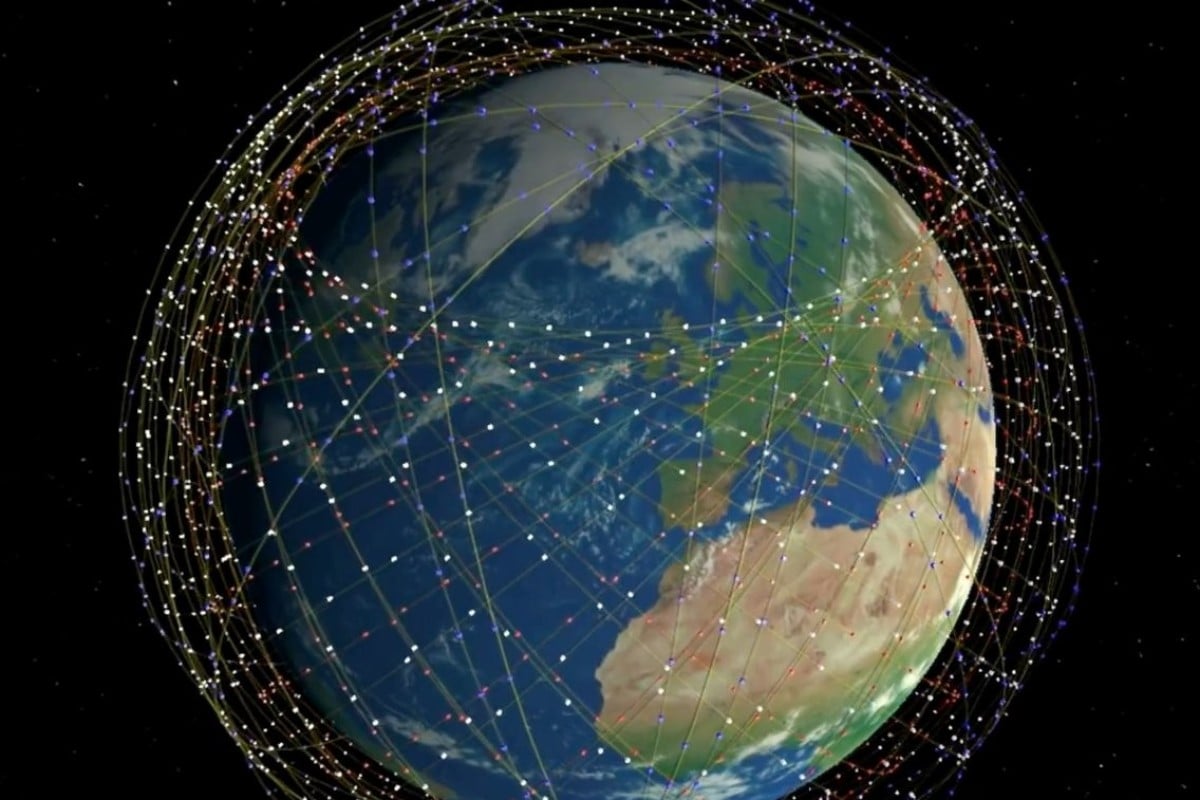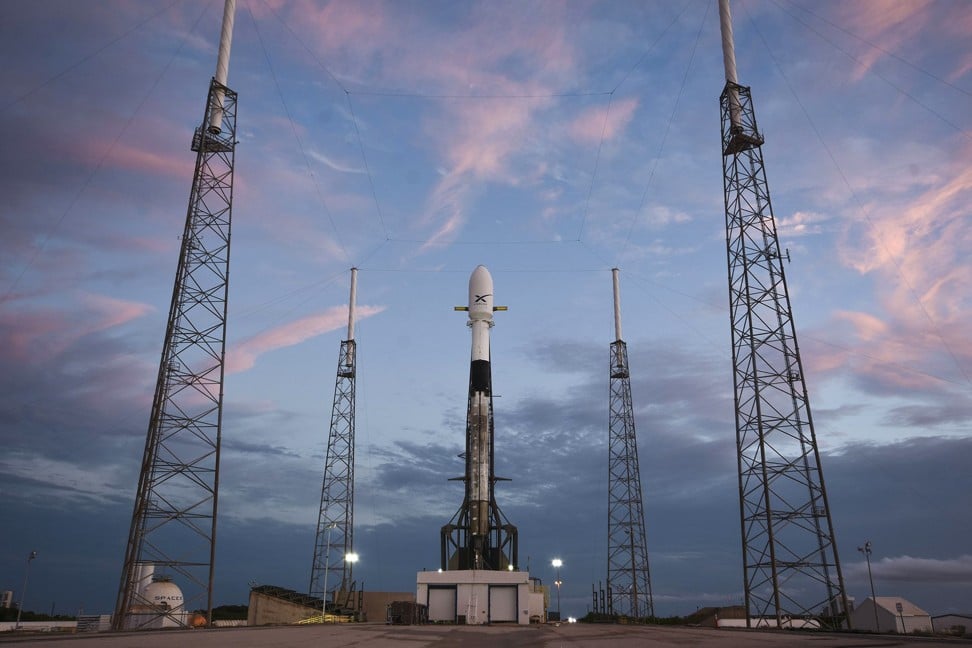Lighting Up The Night Sky
"Reflections from the sun in the hours after sunset and before sunrise make them appear as slow-moving dots in the night sky."
"They can be detrimental to the sensitive capabilities of large ground-based astronomical telescopes."
American Astronomical Society
"Sats [satellites] will be in darkness when stars are visible. We'll make sure Starlink has no material effect on discoveries in astronomy."
"[I've sent a note to the Starlink team about] albedo reduction [minimizing the proportion of light reflected from the spacecraft]."
Elon Musk
"Our concern is just how bright they might be."
"We will have to learn how to operate our electronics to detect weak cosmic signals in the presence of satellite signals at other frequencies that will be millions of times stronger."
Harvey Liszt, spectrum manager, National Radio Astronomy Observatory, Charlottesville, Va.
"[The legal arena] is really the Wild West [and] international space law doesn't really deal with this use of outer space at all."
"Darkness and the inspiration that the natural night sky brings to humanity has resulted in great works of art, literature, and music."
"The prospect of losing all that is the prospect of severing a key tie between humanity and the natural world."
John Barentine, public policy director, International Dark Sky Association
 |
| This illustration of Starlink, a fleet or constellation of internet-providing satellites designed by SpaceX, shows roughly 4,400 satellites of the project’s first phase deployed in three different orbital “shells”. Photo: University College London |
Telescopes trained on the night sky in Flagstaff, Arizona from the Lowell Observatory, captured streaks of sunlight reflections marring their view of far-off star systems, giving astronomers new concerns over the spoliation effect of a growing number of communications satellite being planned for the lower Earth atmosphere, particularly given close to 12,000 of the Starlink fleet set to shine brightly, certain to interfere with research dependent on visual observations of distant galaxies and nearby asteroids.
Not only are these new satellites poised to arrive in great numbers, more than doubling the current five thousand satellites circling the Earth at present, but they are designed to fly at a lower level than most traditional such craft. "We just happened to be pointed in the right direction, and Starlink flew right through it", stated Jeffrey Hall, director Lowell Observatory. Signalling for Hall, "this is potentially a problem".
The Starlink fleet has received authorization to launch 11,943 satellites; the obvious leader in a total of close to 13,000 low-Earth orbit satellites approved by the Federal Communications Commission, coordinating trajectories and radio-frequency use. As though that's not enough, the Musk Space Exploration Technologies Corp. is to be joined by Amazon.com's Jeff Bezos' 3,236 Internet-beaming satellites into low-Earth orbit.
Minimal lag-time for data to bounce between ground and the spacecraft through the lower trajectories, thus overcoming signal lethargy limiting Internet-from space schemes of traditional communications satellites, older craft parked 22,000 miles (36,000 kilometres) above Earth, an altitude allowing them to appear to hover. Low-Earth orbit on the other hand sees altitudes of just 112 to 1,200 miles -- with satellites racing the globe to remain aloft, orbits completed in about 90 minutes.
To achieve widespread coverage of the globe, a multitude of satellites is required. In low-Earth orbit currently, there are 2,338 satellites according to a database set by the Union of Concerned Scientists. NASA itself totalled 4,972 satellites in its payload counts, both active and defunct. A mere 1,628 stars are visible to the unaided human eye, registered at the fifth magnitude of a brightness scale scientists use. Greater numbers could be yielded with exceptional eyesight, total darkness -- absent light pollution.
Astronomers are now studying the extent of the problem -- though once moved into planned higher orbits the satellites may appear less bright, visibility possibly varying with the seasons; the assurance that their altitude means they will remain away from the Earth's shadow, staying in sunlight even after dusk, for longer summer periods than in the winter months. Reliance on the nonvisible spectrum by astronomers using radio telescopes may also be affected, with a need to adjust to low-orbiting satellites filling the sky.
 |
| A Falcon 9 SpaceX rocket is shown here a day before the scheduled launch of 60 Starlink satellites from Space Launch Complex 40 at Cape Canaveral Air Force Station in Florida. Photo: Agence France-Presse |
Labels: Astronomy, Communications, Interference, Light, Research, Satellites

<< Home